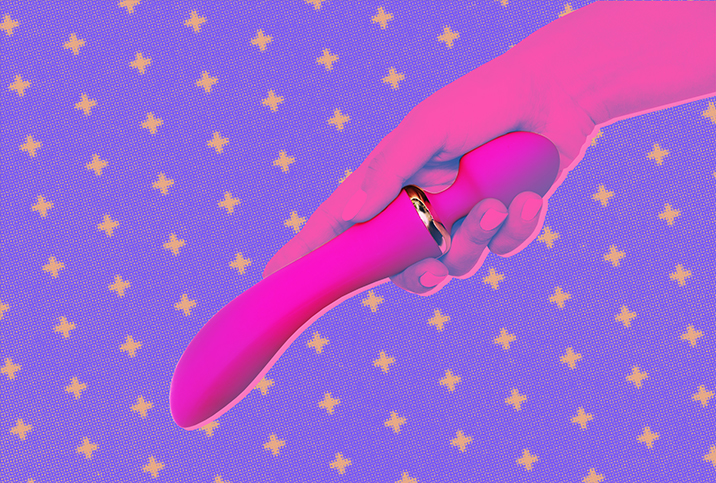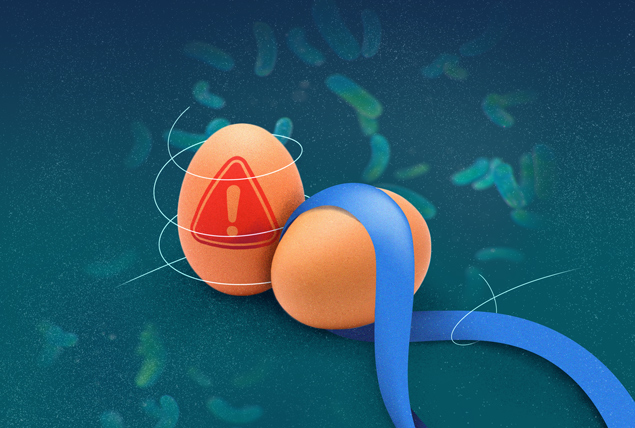The Truth About Male Eating Disorders

Eating disorders have often been interpreted as primarily a female concern, but emerging data indicate boys and men of all ages make up a significant portion of the population affected by an eating disorder. The National Eating Disorders Association estimates 25 to 40 percent of all people with eating disorders are male.
Excluding males from research
Men were observed as having eating disorders as early as the years 1689 and 1873. Despite this, eating disorders among men were considered rare, even impossible, until research in 1972 observed anorexia nervosa in male patients.
As research has grown more refined, it can be easy to look back and view lapses in scientific progress as simply being based on bias or ignorance. This creates a sort of chicken-or-the-egg scenario regarding the clinical study of eating disorders among men. Was there a lack of research because of inherent bias, or was there inherent bias because of a lack of research?
In the case of diagnosis, we can identify at least one issue that has prevented men from receiving treatment for eating disorders where women otherwise would.
Gender-based diagnostics
Anorexia nervosa, or the compulsive withholding of food and nutrition from yourself due to a harmful self-image or relationship with your body, is one of the more common types of eating disorders. The rapid and dangerous weight loss and other visible features of anorexia also tend to make it a more easily identifiable condition.
Until very recently, men were biologically unable to meet the criteria for an anorexia diagnosis. Amenorrhea, or the loss of a menstrual period, was removed from the required criteria for anorexia diagnosis only in 2012, with those changes published in 2013. This was an important and long overdue change that made it much easier to identify and treat anorexia and its subcategories in young boys and grown men.
Treatment for boys & men
Due to a firm association between eating disorders and women, it can be difficult for men and boys to receive treatment, even in cases where the correct diagnosis is identified and acknowledged. While great strides have been made in recognizing and creating space for treating eating disorders and body image concerns among females, the same cannot necessarily be said for males.
Male presentation of eating disorders can also be confused with other examples of body dysmorphia and conflated with various mental health conditions. This is, again, due to the fact that much of the critical assessment protocols that exist even today for eating disorders were designed with females in mind.
We can all help beat the stigma
Eating disorders manifest and impact the body but often stem from deeply held thoughts and feelings. Giving boys and men space to safely express those thoughts and feelings can lead to more physicians and researchers addressing these issues in a nuanced way.
Getting men and boys to talk with friends and family openly about mental and physical health issues on a regular basis is also crucial if we want to normalize the discussion and allow people to heal. Nutrition and body image are pressing concerns for people of all ages and walks of life, and all of us can help contribute to healthy communities by learning and talking knowledgeably about these concerns.













